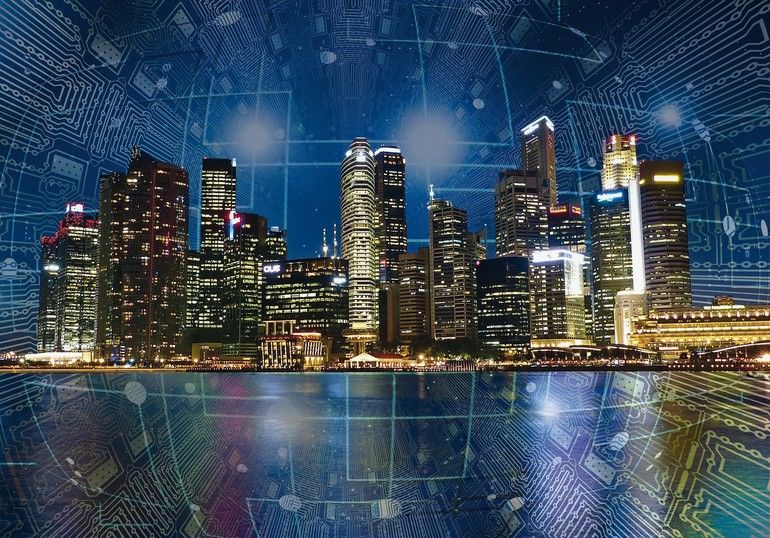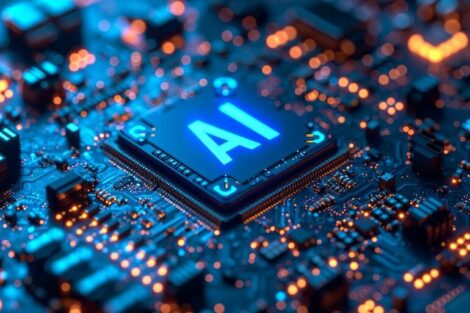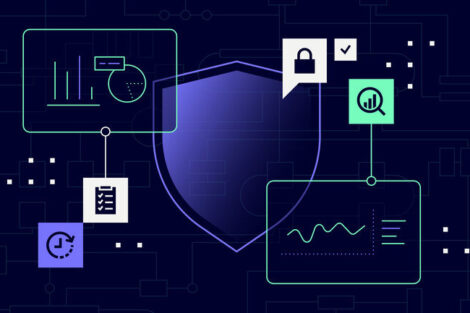The Internet of Things (IoT) is a rapidly growing network that already includes staples such as smartwatches, voice assistants and parking sensors, but the potential of IoT expands much further than that and could soon play a part in almost all areas of our daily lives. Here’s an idea of what the future of IoT might look like.
Smart cities
IoT is a vital component in the development of smart cities. Data collection from IoT devices can give an insight into how the city’s assets, resources and services are being used, which can then be used by local officials to improve the city and make improvements where they are most needed, as well as which investments will be most profitable.
Smart cities may include IoT-driven solutions, such as upgraded waste disposal and water supply, more effective heating and lighting, smart surveillance and streetlights, and even a smart energy grid as the source of electricity. All these improvements will make these cities more comfortable places to live while also maximising energy efficiency.
Smart homes
The rise of the smart home is already well underway, with many homes using a home assistant device such as Amazon’s Alexa or a Google Assistant, as well as more and more people using smart thermostats, bulbs, and plugs to manage their energy usage hands-free. However, the widespread implementation of 5G and more advanced IoT functionality can truly bring the smart home vision to life.
IoT devices may make it easier for older residents to remain independent in their own homes for longer, and the interactivity of devices that talk back can help to alleviate loneliness. Eventually, most electronic devices in the house will be part of the IoT network that can be operated hands-free, and we will likely see non-electronic devices become part of it too, such as Kohler’s self-filling bathtub.
The IoT devices will even be able to utilise machine learning to understand our habits and preferences and adjust themselves to meet those requirements.
Smart cars and roads
While newer car models already have advanced functionality when it comes to interconnectivity with our phones, sensors and other devices, IoT may unlock even more potential in the future. The development of driverless cars, for one, will become more viable if they can communicate effectively with other vehicles on the road and with roadside technology.
Connected sensors can provide better navigation, help to reduce road congestion and divert drivers seamlessly onto quieter routes. They can even help them find parking spaces in smart cities. Less time stuck in traffic and driving around looking for places to park will also have a positive effect on the emission of GHGs our vehicles produce.
Climate change
While smart light bulbs, plugs and thermostats can already help homeowners better manage their energy usage and reduce the size of their carbon footprint, IoT technology may have a larger role to play in the fight against climate change.
IoT sensors will be able to measure air quality, the presence of pollutants and even monitor noise pollution in many environments. This type of data can be used to monitor the compliance of countries or organisations that have made promises to meet certain carbon regulations or other eco targets.
Smart industry and AI
Advanced IoT capability improves the utility of AI systems, which we can expect more and more businesses to adopt in the coming years. Gartner even estimates that 50% of enterprises will have devised orchestration platforms that make use of AI by 2025, a figure that was lower than 10 % in 2020.
The combination of AI and IoT means that real-time data analytics and machine-to-machine sensors will allow remote operation and optimisation of many stages of the supply chain. Autonomous manufacturing robots, automated supply chain management systems and predictive maintenance sensors may all be employed, and AI systems will be able to use the data collected to identify risks and foresee challenges before they become a problem.
5G boosts reliability
While 5G is predominantly used in consumer electronics such as mobile phones at present, wider adoption of 5G will strengthen the functionality of many IoT devices. 5G will be able to improve interconnected cameras and sensors and make them more reliable.
5G should also help to eliminate latency in applications where real-time operation is required, such as in predictive maintenance and venue management. 5G-powered IoT devices could reduce the limitations of cloud relays that are currently used.
The future of IoT is bright, with a wealth of possibilities that could touch every aspect of our lives, including our homes, our workplaces, the cities we live in, the way we travel and may even help towards protecting the planet against climate change.
Chris Parr is a Product Manager at Easby Electronics, a privately-owned supplier of electronic components with global market pricing, sourcing and supply.










